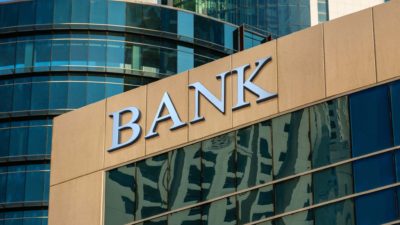The National Australia Bank Ltd (ASX: NAB) share price is falling on Thursday.
In morning trade, the banking giant's shares are down 0.75% to $31.49 amid broad weakness in the sector.
This is despite NAB making a positive announcement prior to the market open.
What did NAB announce?
This morning NAB announced that it has now completed its $2.5 billion on-market buy-back, which resulted in a total of 86,925,469 ordinary shares being bought back by the banking giant.
However, it is not settling for that. Thanks to its strong capital position, the bank plans to launch another new on-market buy-back.
According to the release, NAB intends to commence a further on-market buy-back of up to $2.5 billion, bringing the total potential combined size to $5 billion. Subject to market conditions, NAB expects to commence the further buy-back following its half year results release on 5 May 2022.
The release notes that the new buy-back will allow NAB to continue managing its Common Equity Tier 1 (CET1) capital ratio towards its target range of 10.75% to 11.25% over time.
NAB's Group Chief Executive Officer, Ross McEwan, explained: "Our capital management strategy reflects the importance of maintaining a strong balance sheet through the cycle while allowing us to continue to support growth and deliver improved shareholder returns. The further $2.5 billion on-market buy-back announced today supports our ambition to reduce share count and increase sustainable ROE benefits for our shareholders."
What impact will this have on its capital position?
NAB advised that it continues to operate well above APRA's Unquestionably Strong benchmark of 10.50%, with a reported CET1 capital ratio of 12.4% as of 31 December 2021.
The further $2.5 billion on-market buy-back will reduce its CET1 capital ratio by approximately 58 basis points. Combined with other adjustments such as the Citi acquisition, on a pro forma basis, NAB's CET1 capital ratio would be 11.3%.
This remains comfortably ahead of APRA's benchmark, which potentially provides scope for even more shareholder returns in the future.








